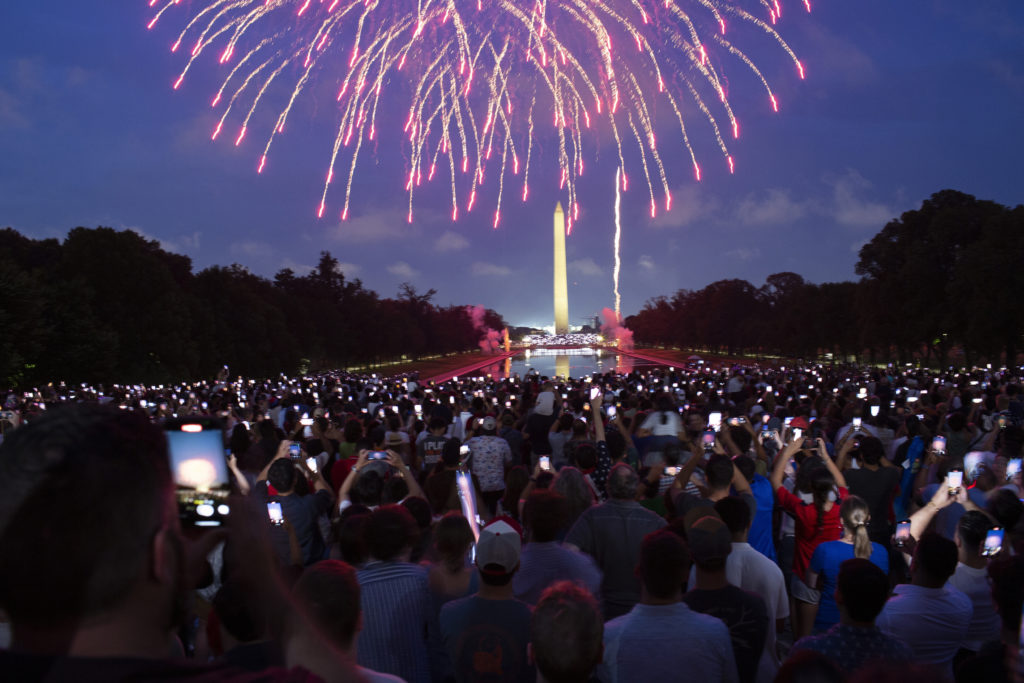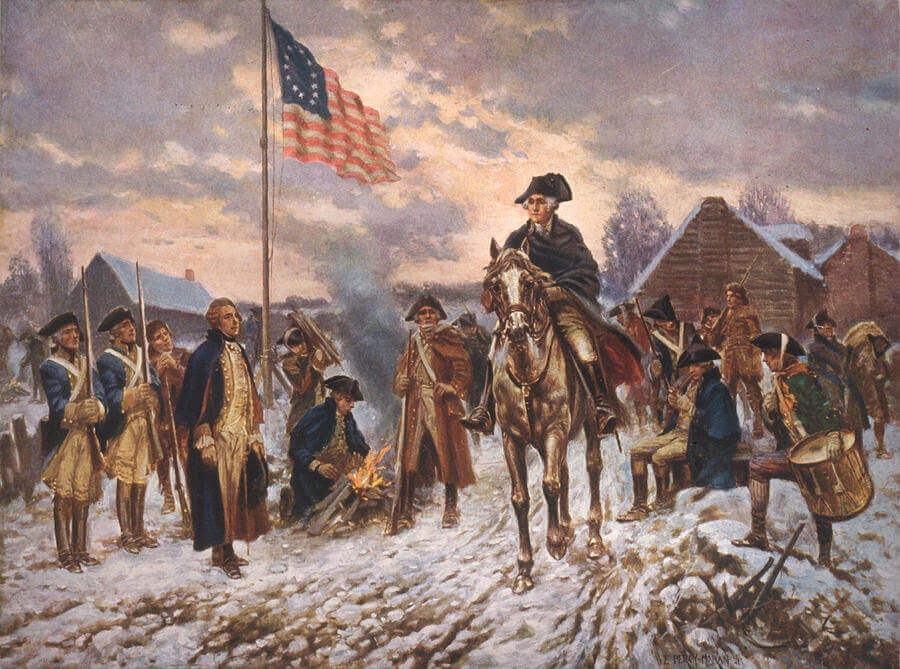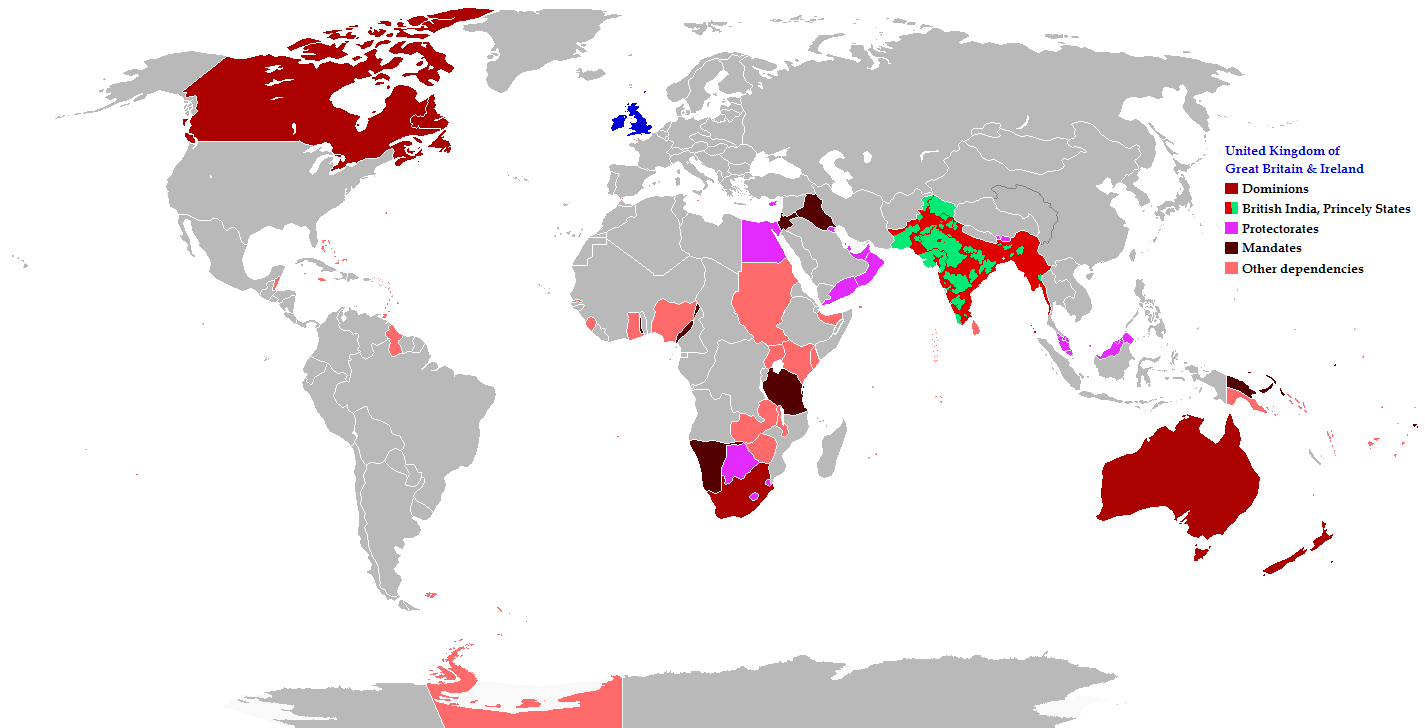India and the United States are both powerful democracies today, yet they gained independence in completely different, but equally historic struggles. The American Revolution in the 18th Century was an armed insurrection against British colonial rule, while India's freedom movement in the 20th century was led by Gandhi with nonviolent mass protests.
Both countries fought against British imperialism, but their approaches were different, and they took completely different amounts of time and had completely different outcomes that reflected their unique cultural and political journeys.
This article focuses on some interesting and lesser-known comparisons between the Indian independence movement and the American Revolution. Also, the two freedom struggles influenced them and the ability and opportunities for later generations to fight for liberty, justice, self-rule, and self-determination around the world.
Check Out: What was the Civil War? Check History, Aftermath, and Key Events
Independence Day Traditions

India
Independence Day in India is ceremoniously marked with the flag-hoisting ceremony and the Prime Minister's address to the Nation at the Red Fort in Delhi, parades, patriotic songs, and cultural performances across the country.
Schools, governments, and community organizations conduct programs celebrating India's history and culture, and recognizing the sacrifices made by the freedom fighters throughout history.
America
In the United States, Independence Day is celebrated on July 4th with amazing fireworks, parades, and public celebrations.
Americans celebrate the day with family and friends, enjoying barbecues, concerts, and festivals as expressions of national pride and in memory of the adoption of the Declaration of Independence in 1776.
Inspiration for Global Freedom Movements

America
The American Revolution was an enormous inspiration for freedom movements worldwide - it led to revolutions in France, Latin America, and other areas seeking independence and representative government.
India
India's nonviolent struggle for independence, lead by Mahatma Gandhi, became a worldwide symbol of nonviolent resistance in the fight against oppression, and also served as an inspiration for leaders such as Martin Luther King Jr. in the United States and Nelson Mandela in South Africa, along with many others fighting against oppression.
A Common Oppressor: British Rule

America
The stakes of America’s independence were largely at odds with the British empire, and many of the colonists made the fight personal, not for liberty but instead against, "no taxation without representation," a slogan adopted by the colonists as a means to oppose British rule despite it being violent and ideologically corrupt to do so.
India
India struggled against the British colonial empire in a similar fashion to the American colonies, mainly as a response to centuries of being economically exploited and politically controlled. Indians as well opposed being taxed and ruled without a voice or representation in and as part of British government rule.
Conclusion
The Indian independence movement and the American revolution were impressive movements against British colonial authority that shared similar aims toward freedom, justice, and self-governance. While they were different in methods and approaches (India by largely nonviolent means and America by armed revolt), the two movements shaped their countries' identities and challenged injustices in global quests for democracy.
They inspire civil rights and freedom movements around the world, highlighting the fact that fighting for freedom exists beyond time and geography. Ultimately, these two historical journeys remind us that fighting for independence is a human aspiration worthy of serious commitment, respect, and remembrance.
Comments
All Comments (0)
Join the conversation